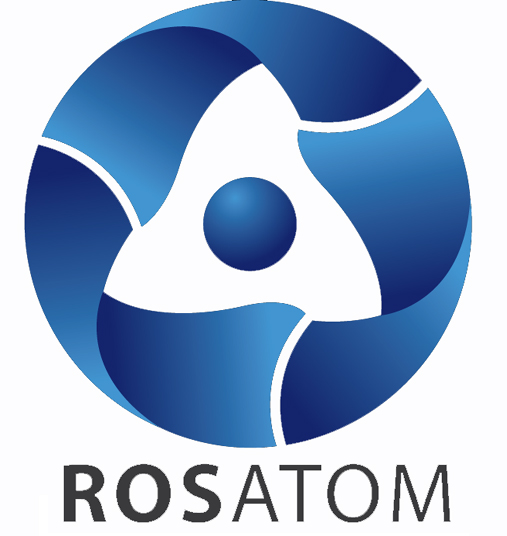Parts 2 of 2 Parts (Please read Part 1 first)
Russia seized control of the Zaporizhzhia plant last March, but it is still being operated by Ukrainian workers. There has been increasing concern about Russian management of the plant in recent weeks. There is great pressure on Russia to allow International Atomic Energy Agency (IAEA) inspectors to visit the plant.
Kotin said that inspectors from the U.N. nuclear watchdog could be at the plant within two weeks to check on security after progress in negotiations with Russia about a visit by the IAEA. Kotin is also concerned about the risk of fire from the Russia vehicles packed into the turbine halls which sit next to the only two reactors still in operation. There are fourteen vehicles in one of the halls and at least sixteen vehicles in the other. Many other military vehicles are lined up under overpasses constructed to house pipes and walkways between reactor and turbine complexes.
Kotin said, “In case there is a fire in the turbine hall you don’t even have a possibility to put it out or mitigate the consequences of this fire, because your fire brigades cannot get in, because any entry is blocked by the trucks, which are just packed in there.” Any blaze could then potentially spread towards the reactor building.
A fire near the reactors could have disastrous implications for the entire world. He added that “This situation is very dangerous not only for the plant, for Ukraine, but also for the whole world because you never can say what the weather would be like and what the wind direction [would be].”
The Zaporizhzhia nuclear power plant was constructed according to Soviet specifications but was modernized following the Chernobyl nuclear disaster. This means that the Russian engineers do not have the skills needed to operate and maintain the plant. Kotin said, “Actually, for us, the Ukrainian workers at the plant are heroes, just doing their job in such unbelievable conditions,” said Kotin, who knows the plant well because he spent most of his career there. He arrived at Zaporizhzhia as a young graduate and rose to become general manager.
Rockets have landed within eighty feet of one hundred and seventy-four spent fuel containers. While the reactors themselves are constructed to withstand the impact of a passenger jet, the spent fuel containers are much more vulnerable. Kotin said, “It will probably withstand two explosions of maybe two missiles on one container and after that, it will be broken.
Kotin said that he hoped that nuclear inspectors would be allowed to inspect the plant within one or two weeks. He added, “There is progress in negotiations … there is only modalities of the mission to finally agree between parties, and after that they will go. And actually I’ve seen some plans that they are to go at the end of the month.” He also said that he had confidence that the Ukrainian workers at the plant who have sacrificed so much will be able to keep it safe. He went on to say that “In any case, we won’t allow Russians to bring the world to the nuclear catastrophe and we will do everything just to return the plant to under our full control and operate it safely reliably, like it always been.”
